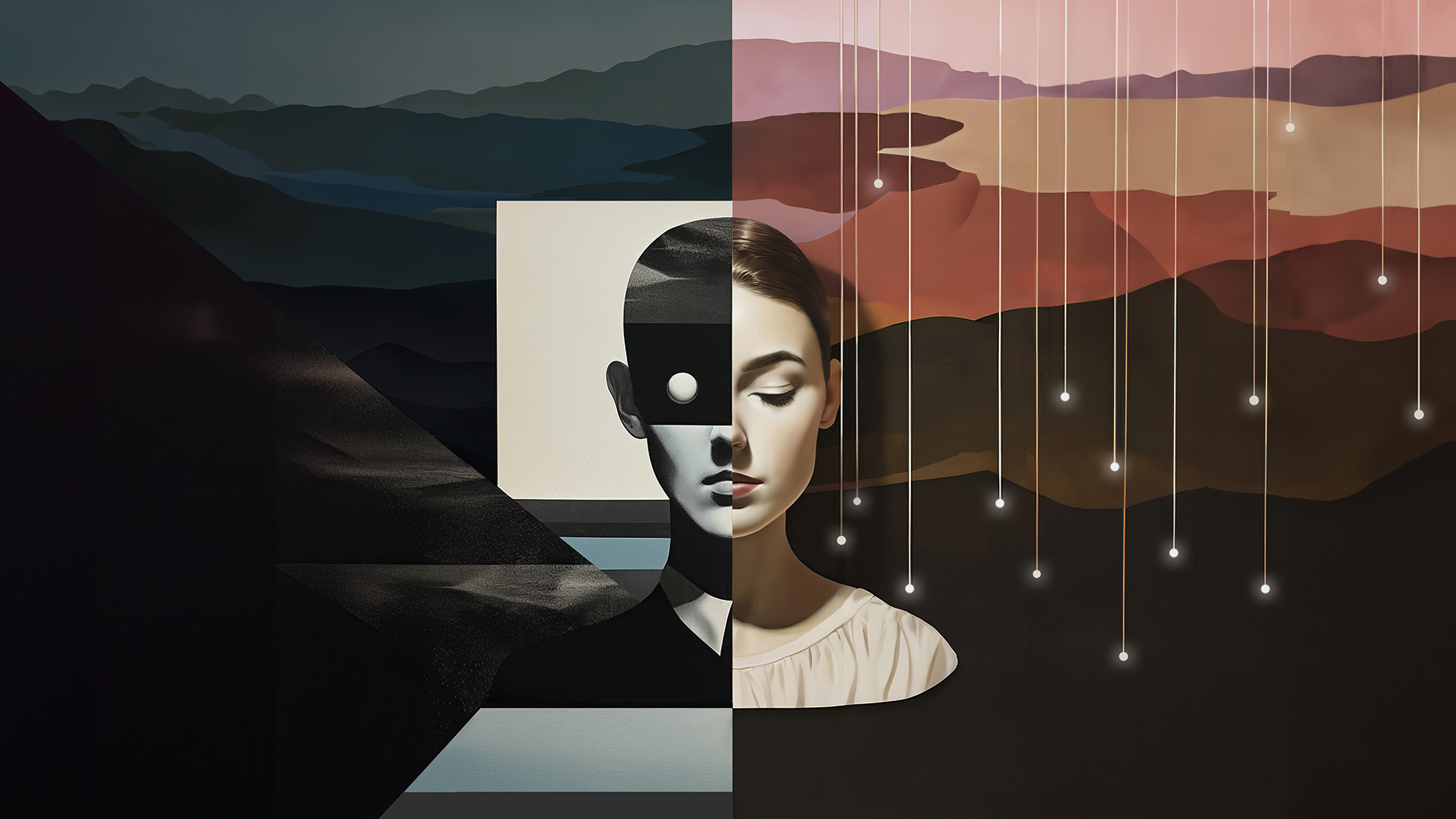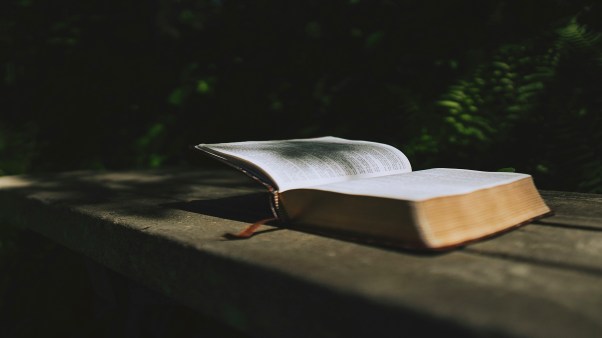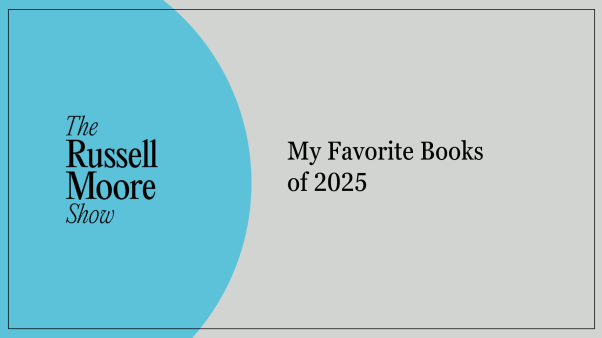This year, the ad agency Design Army created an entire campaign using only generative AI. In it, models seem to stand in surreal sci-fi landscapes. A world of impossible buildings, floating hats, and gigantic eyeballs announces the opening of a high-end eyewear retailer.
As Design Army cofounder Pum Lefebure explained to Fast Company, “in a typical project like this, she would hire models, makeup artists, and wardrobe specialists, scout and secure shoot locations, and ultimately it would take at least three months to execute.” But the budget was tight and time was short, so they turned to AI. Though there’s a touch of uncanny valley in the resulting imagery, the visuals are impressive. The campaign appears as if it took a long list of artists to create it.
Always aiming for faster output and grander scale, leaders across industries are excited about the potential for this new tech. But AI technology raises real concerns for the creatives whose original work could be replaced or copied by these tools. Books are being used to train text generators to write like modern authors. Illustrators and photographers are filing lawsuits over copyright infringement as AI-generated images appropriate artists’ unique styles. Songs are being released that synthesize the likenesses of musicians without their consent. This growing threat of replacement is one reason why screenwriters and actors went on strike this fall.
As an art director and illustrator, I am quick to point out (and relish) the current shortcomings of generative AI. But I know that, as with all technology, its performance will improve. What it does poorly now it will do brilliantly in the future—and people are already losing their livelihoods because of it. Yet I believe the disruption caused by AI sheds a new light on the intrinsic value of human creativity and, in a way, will serve only to validate artists and other creatives. To me, it already has.
In his essay “On Fairy-Stories,” J. R. R. Tolkien emphasized that not only have we humans been made, but we are “made in the image and likeness of a Maker.” Creativity is an essential part of who we are as human beings. In the creation narrative, when the first human is tasked with cultivating the Garden (Gen. 2:5–8, 15), we see that making is a God-given privilege and responsibility. It’s a calling generative AI threatens to undermine. We are robbing ourselves of this gift of toil—the creative process of ideating, developing, and producing—when we take too many shortcuts or automate our work.
As the opening lines of Genesis make clear, God has the power to instantaneously speak anything into existence. Right after God completes the aspects of creation that he alone is capable of, he invites humankind to pick up where he left off. For example, God doesn’t create all of humanity in an instant; he makes only two humans and then tasks them with making more of themselves through bearing children and forming families. In addition, the naming of creatures and the working of land are given to humankind to do.
To accomplish these tasks, God didn’t give humans his unique power to generate new things simply by speaking them into existence. He gave humans the purpose of joining in the ongoing work of creation. We see this again and again throughout the biblical story line: God displays his infinite capability to bend reality to his will, but he tasks humankind with making things themselves (Ex. 31:1–11; 1 Sam. 16:16–18). It is in God’s generosity that we are handed the paintbrush and invited to join the process.
In his theologically charged cookbook The Supper of the Lamb, Robert Farrar Capon argues that any recipe involving shortcuts inevitably diminishes the flavors and textures of a dish. Think of canned potatoes versus fresh potatoes peeled by hand and boiled at home. Capon says, “Technique must be acquired, and, with technique, a love for the very processes of cooking. No artist can work simply for results; he must also like the work of getting them.”
It is not simply the end result that gives a meal or an image or a song its form; the care and technique that go into making it are part of the final result. When we use AI to skip or shortcut the processes that carry work to completion, we diminish the qualities of what has been produced. This is what happens, for example, when goods like food, clothing, and housing shift toward industrialized mass-production. Quantity increases, but quality suffers.
When quality suffers, or when shortcut alternatives are introduced, the value of traditional methods is made apparent and sometimes even experiences a resurgence. This is what fuels the craft business movement. By introducing automated alternatives to songwriting, painting, or even acting, the ultimate value of physically going through those processes increases. The unique qualities achieved through slow, intentional making become more evident, and we can better appreciate the mastery and skill poured into a unique created work.
Yet this often isn’t the immediate reaction. In 1840, when French painter Paul Delaroche saw the first photograph, he famously declared, “From today, painting is dead.” But painting did not come to an end. After the dust settled, both painting and photography went on to exist alongside one another. Both are now recognized for what they each uniquely offer.
We are at a similar moment today with generative AI. It may seem as if the work and livelihoods of artists and creatives are becoming obsolete. How can we steward generative AI well while also honoring the value of making and makers?
Those who aren’t trained as artists might not see much difference between AI-generated images and human-made paintings. They see painters emerge from their studios suddenly revealing their next masterpieces. Likewise, after a user types a few words into Mid-Journey, an image appears that bears a striking resemblance to a painting. To many, both seem to happen by magic.
But if we recall the works of artists like Vincent van Gogh, Henry Ossawa Tanner, Mary Cassatt, or others that we might see hanging in a museum, we can consider what it took to create those paintings. We can imagine all the traveling, sketching, and studying. We can picture how, layer upon layer, the images build up through millions of brushstrokes. An infinite number of decisions were made to form the images in front of us. This process of time, of choices, of skill, of making, brings inestimable value to the final works.
And though our omnipotent God can create instantaneously and ex nihilo—as he did when he said, “Let there be light”—we also see, in God’s story of redemption, the beauty of gradual, unfolding work. Our Maker could have “fixed” humankind and the problem of sin in an instant. Scripture could have skipped straight from the Fall to the Cross.
Yet in God’s wisdom, sovereignty, and, dare I say, artistry, he knew that Jesus’ sacrifice would carry its full weight for us if God crafted a long history that slowly but certainly led to that moment. It is in this beautiful climax of the story of God—in Christ’s birth, death, and resurrection—that Tolkien proclaims, “Art has been verified.”
There may be a place for AI to assist in creating new kinds of art. And, sadly, AI will inevitably absorb many tasks once reserved for creatives. But generative AI tools ultimately serve to validate the intrinsic beauty of a thing carefully and thoughtfully made by human hands—or voices or minds or bodies.
Now more than ever before, artists choose to go through their painstaking processes, infusing value through their labor and technique. No shortcuts or counterfeits will ever be a substitute for the work humanity was created to do—the true art of making.
Jared Boggess is CT’s print art director. Speaking Out is Christianity Today’s guest opinion column.











